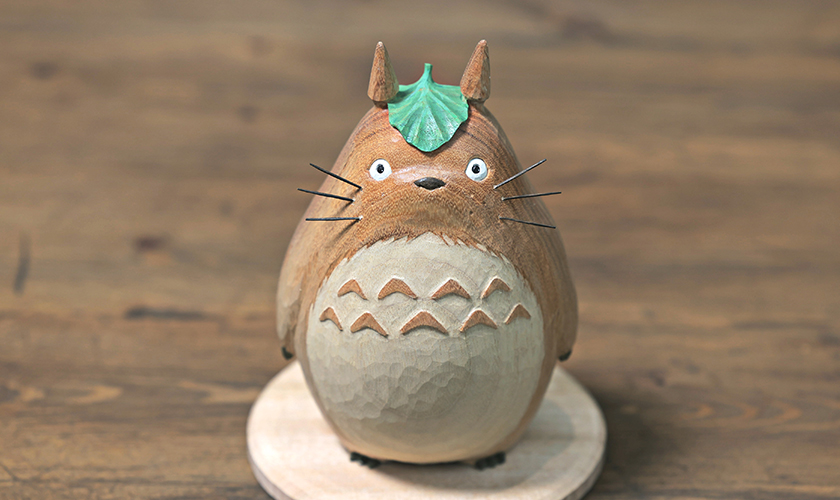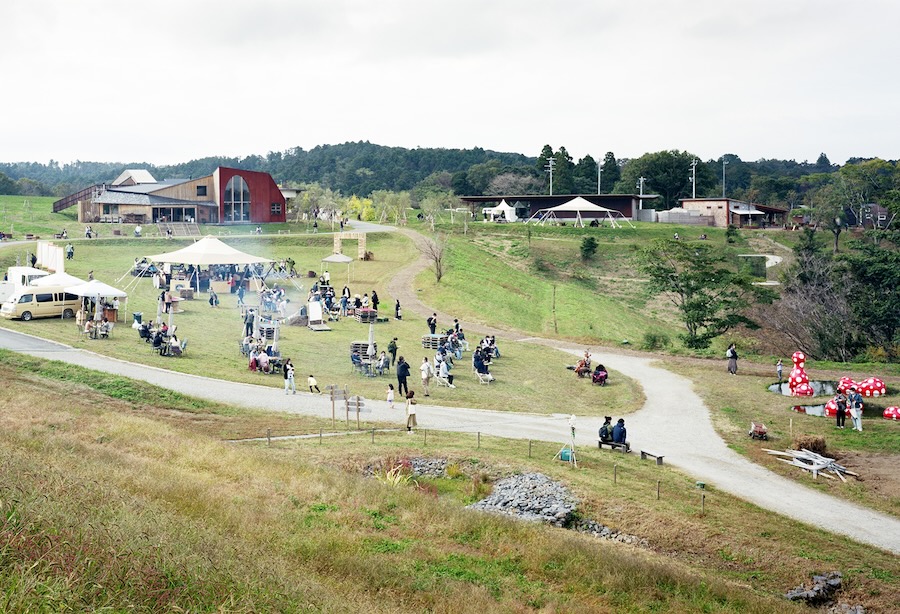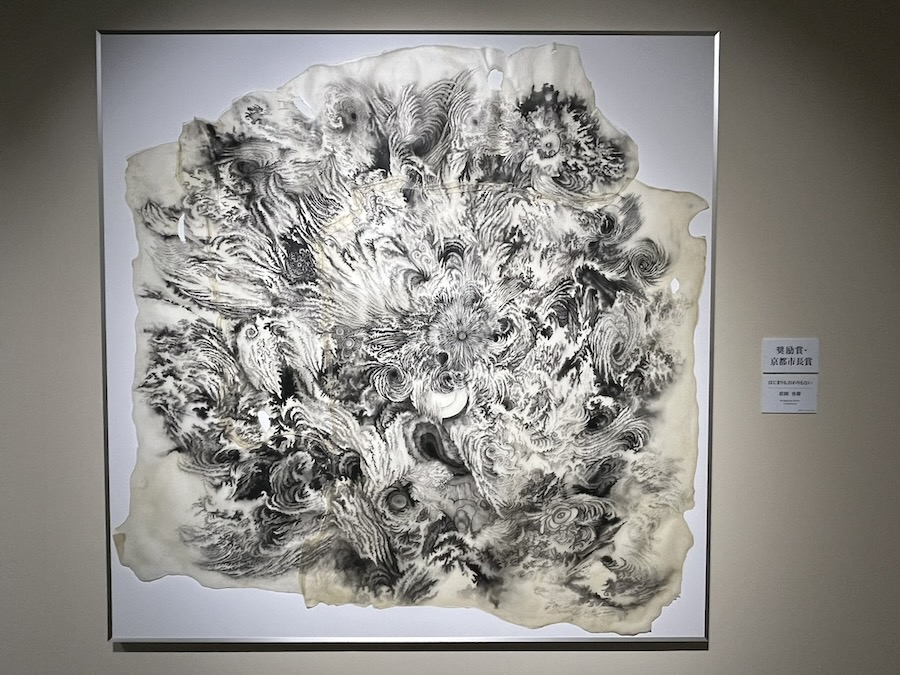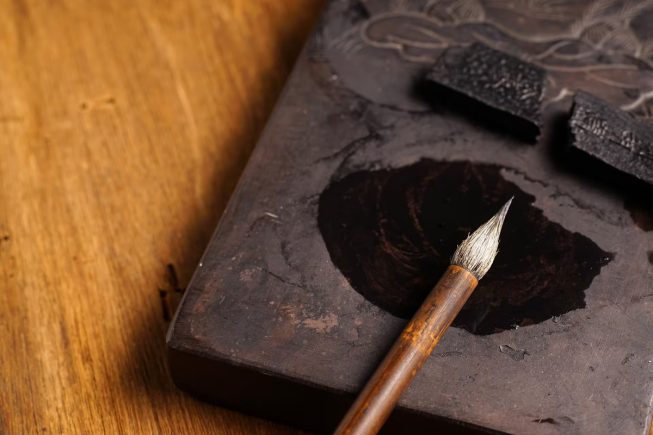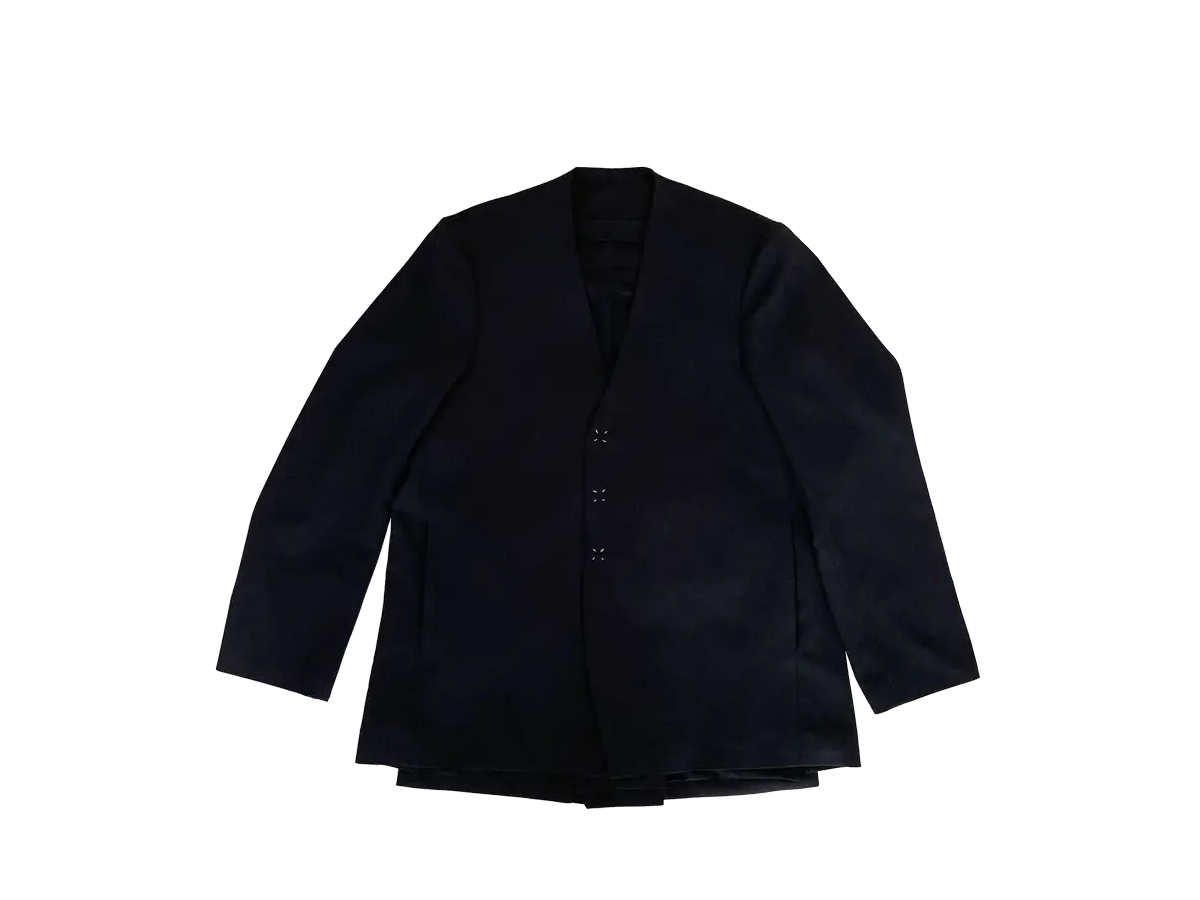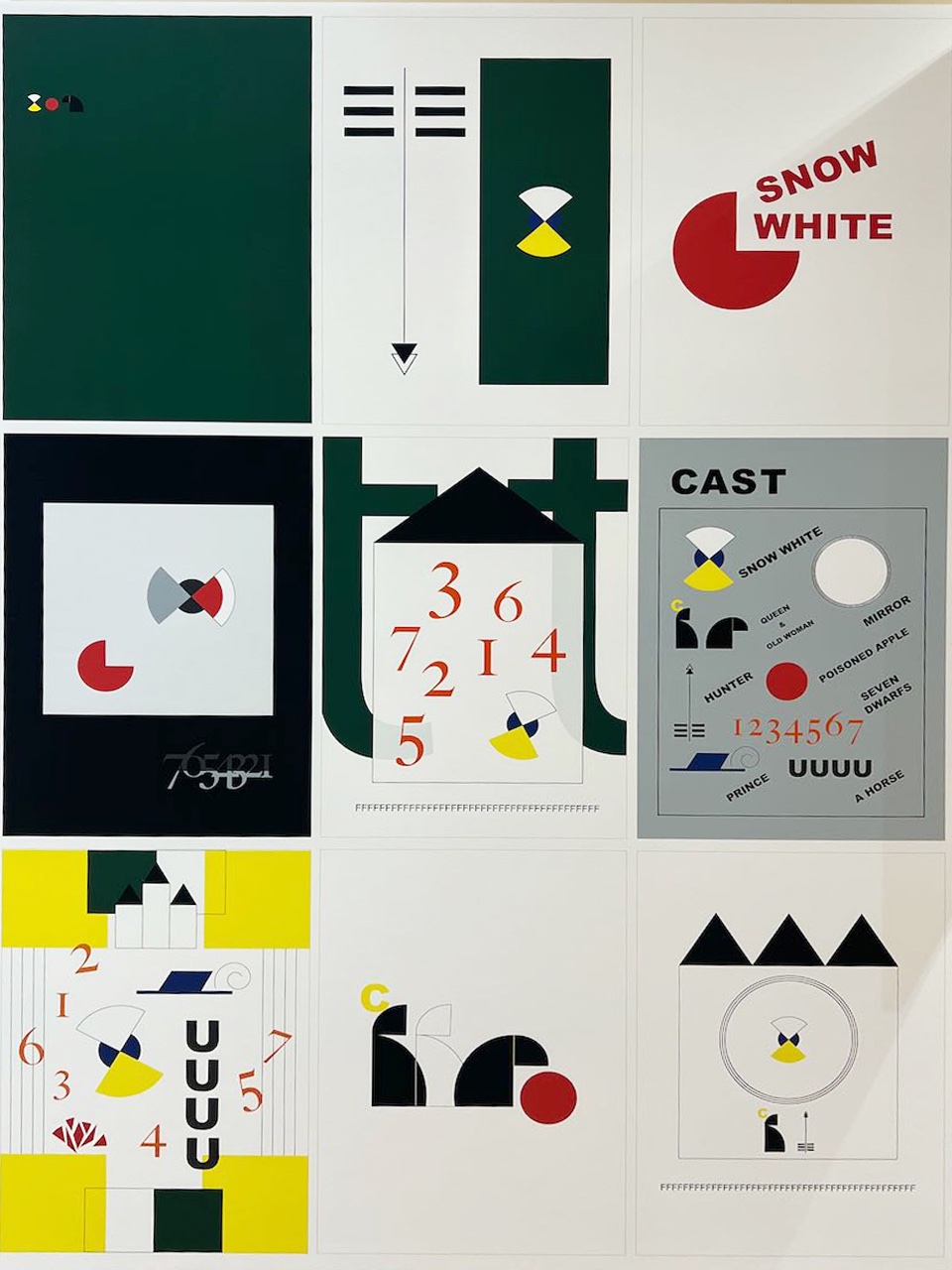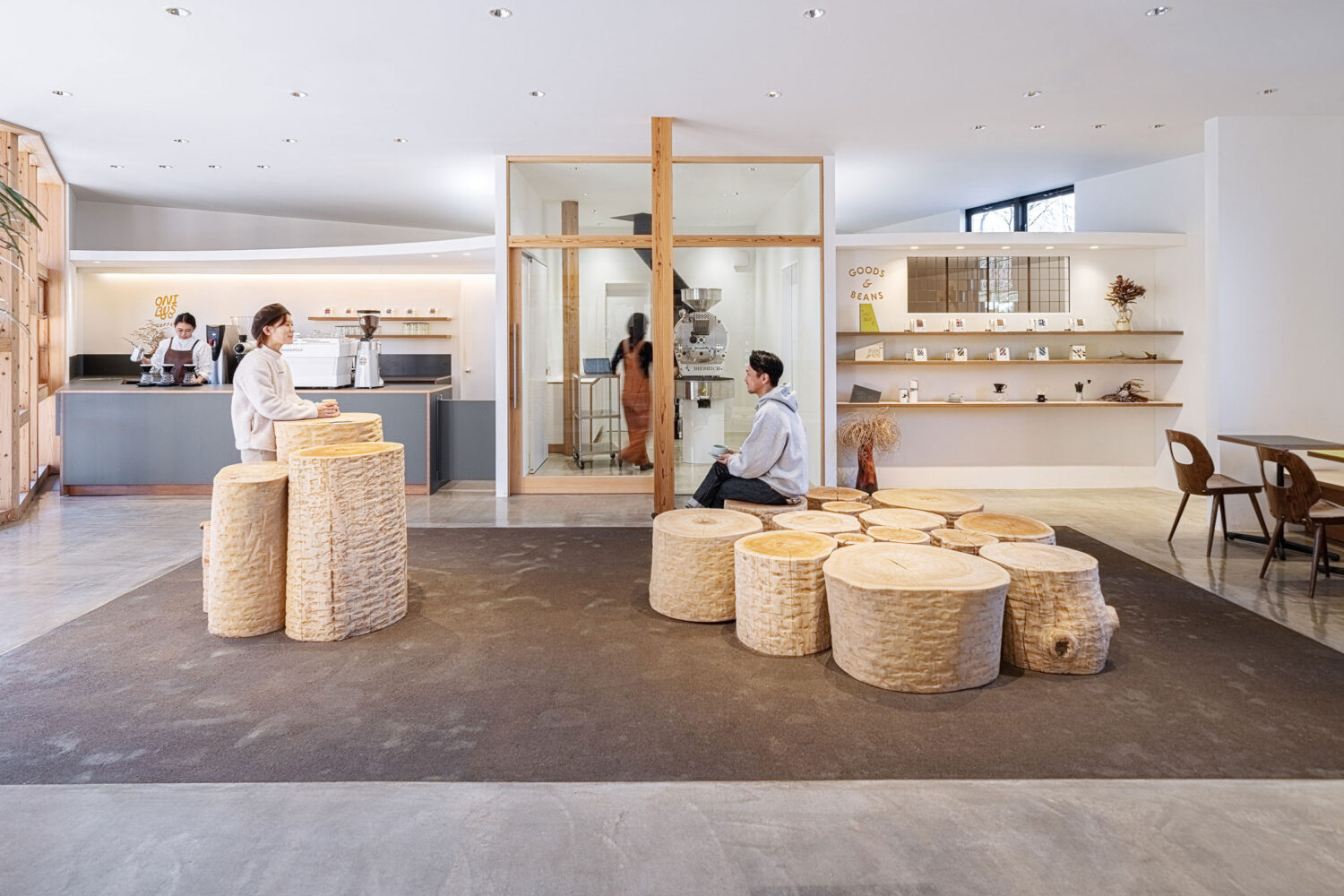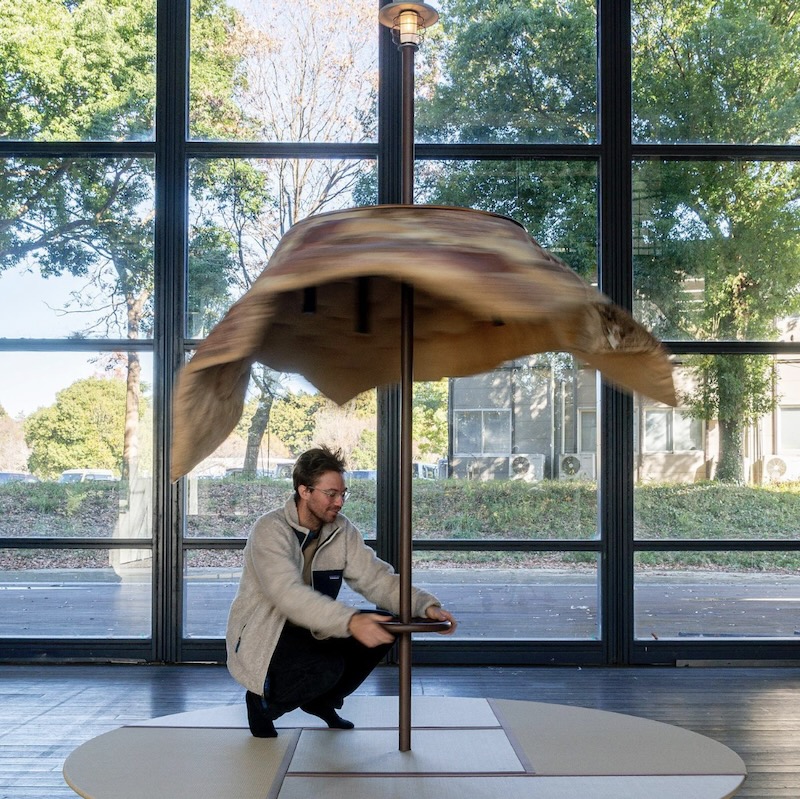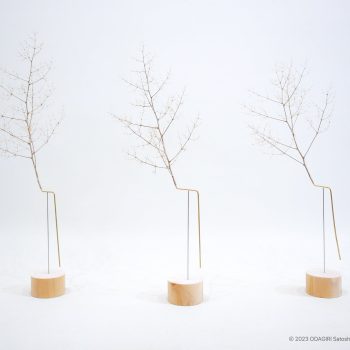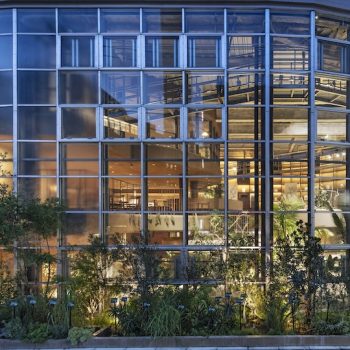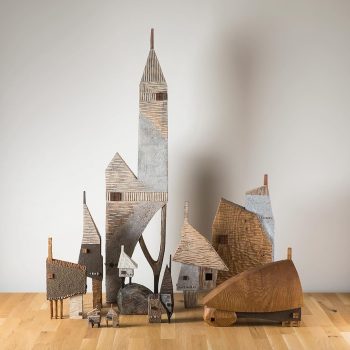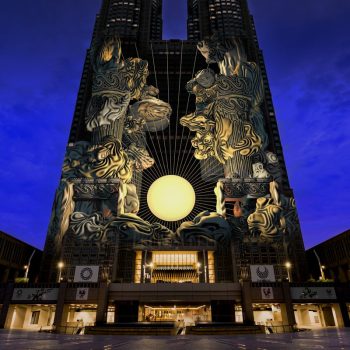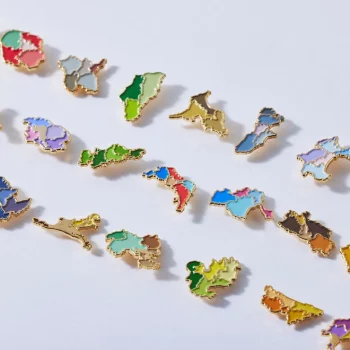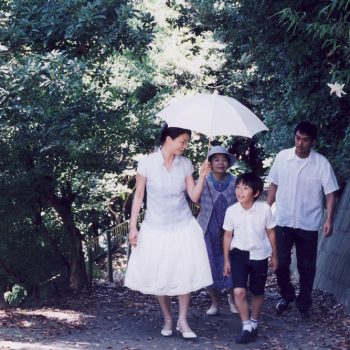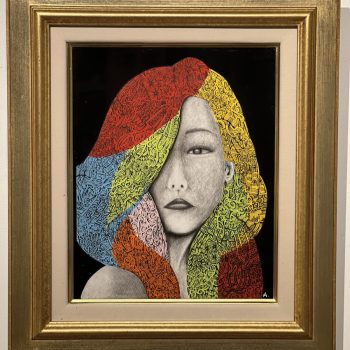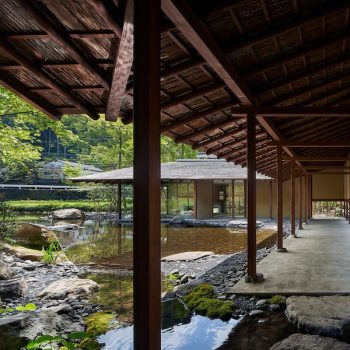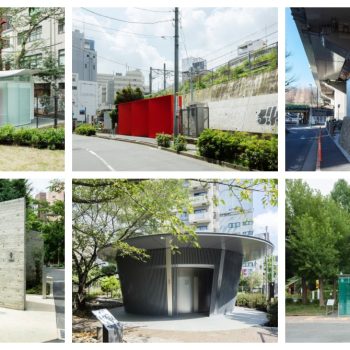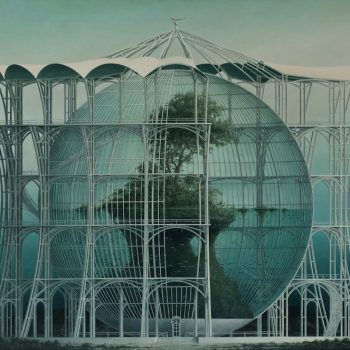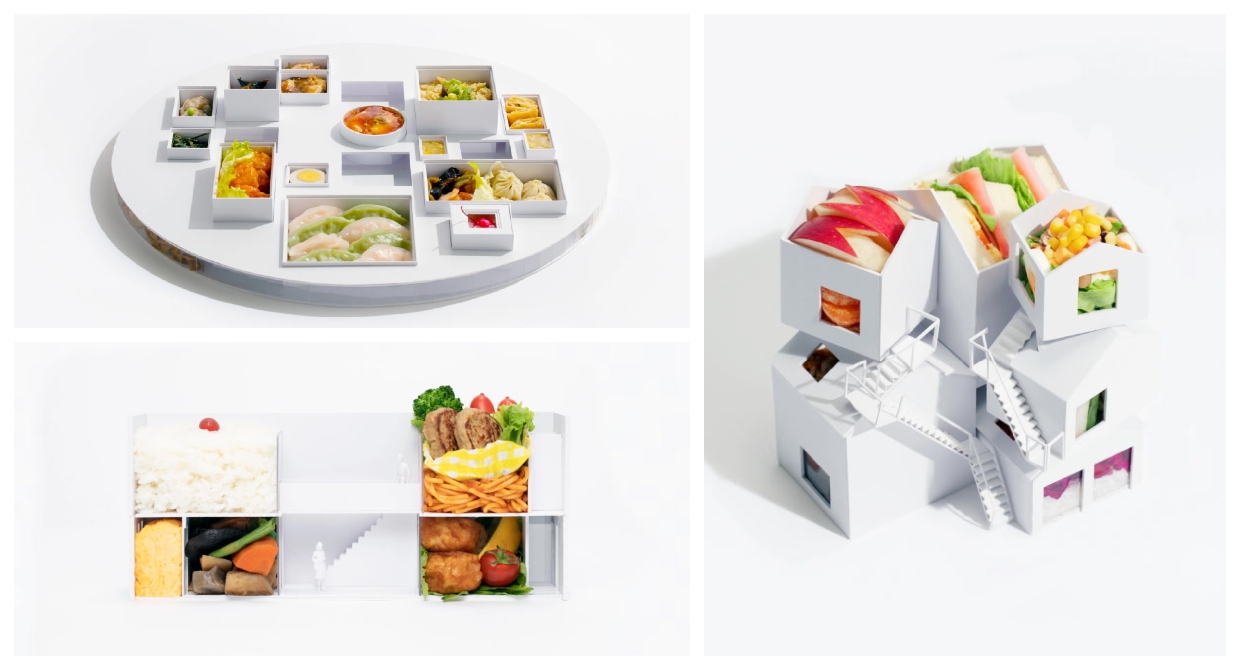
all photos by Kakuta Wataru courtesy Kenchiku Bento
Bento boxes and architecture are actually closely related. While one serves as the primary dwelling for residents, the other serves as a primary dwelling for sustenance. Both require blueprints that carefully considers spatial design, compartmentalization and principles of form, function and aesthetics. So it only made sense to look towards notable works from the past, which have stood the test of time, in hopes of encountering new edible experiences.
Bento box architecture is an initiative by four individuals who share a love for architecture, but also food. “We believe by designing new bento boxes, we can design new bento experiences, and we hope to introduce famous Japanese architecture to the world in the form of bento boxes,” they explain.
Continue reading
